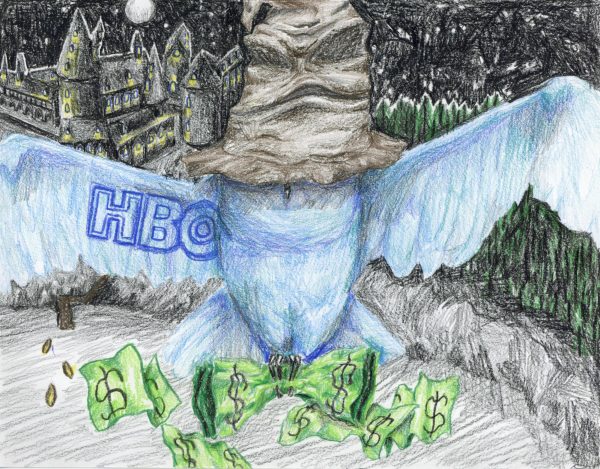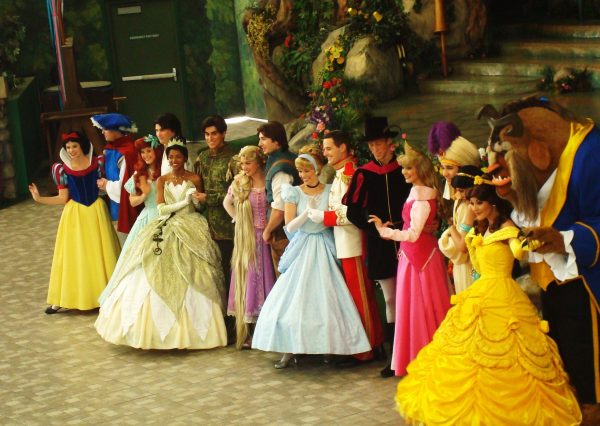Moviemakers continue division madness, leaving viewers frustrated
When Harry Potter and the Deathly Hallows was released in two parts, it set off a trend of big-budget book adaptations splitting their source material into two, or in the case of The Hobbit, three parts. And while I appreciate the attention to detail that this extension provides (the faithful dialogue in The Hobbit movie had me tearing up with nostalgia), money-hungry executives can, unsurprisingly, take a good concept too far.
Three movies for a three-hundred page book? Even with the added tidbits from Tolkien’s posthumously published world-building, that’s a stretch. The second Hobbit movie dragged a bit, even for the most dedicated fans, and neither the “vengeful white orc” subplot nor the cringeworthy interspecies romance improved upon the original story. Did the only female character in the entire movie really need a boyfriend? Two films would have been a perfect Hobbit adaptation — faithful to the source, but without unnecessary embellishments.
Not only does the number of films matter, but also the location of the break within the story. I’m all for Mockingjay being divided in half — it provides the story with ample space to explore Katniss’ damaged psyche as well as the political machinations of both Coin and Snow — but I hated where they ended part one. If you make a full-length movie, even if it’s a “part one,” you can’t end it on a cliffhanger like some weekly soap on primetime TV.
I’m all for series, trilogies and extended storytelling in film, but it’s important for each installment to be enjoyable both on its own and as part of a larger saga.
Star Wars, for example, is, as much as we would like to deny the existence of The Phantom Menace, a six-film story (and it is soon to be a seven-film one). Yet the individual movies each have a beginning, a middle and an end. Not all questions are answered as the credits roll, but one doesn’t walk away from A New Hope feeling cheated.
Mockingjay Part One left audiences without closure, without understanding, without any kind of satisfaction. And we’ll have to wait more than year to get it. “To be continued…” just doesn’t work on the big screen.
And one can’t help but wonder: how many of the films are being split up for the sake of content, and how many for the sake of executive wallets?
Not that I’m complaining, but did Mockingjay really need more than four hours of run-time? It’s only seven pages longer than its one-movie prequel, Catching Fire. And who decided that Twilight: Breaking Dawn, with its sallow protagonists and disturbing hints of pedophilia, had enough content to fill two movies? The final, anticlimactic 20 minutes of “this is what would have happened if there had been an epic battle” proves that it most definitely did not. But fans and their long-suffering families flocked to the theaters just the same, generously padding the pockets of the Twilight cast and crew.
As budgets go up and YA lit becomes a hotter resource for Hollywood studios, I’m curious to see just how far this trend will go.
I’ll see you in 10 years for The Chronicles of Narnia: The Horse and his Boy Part 9.





